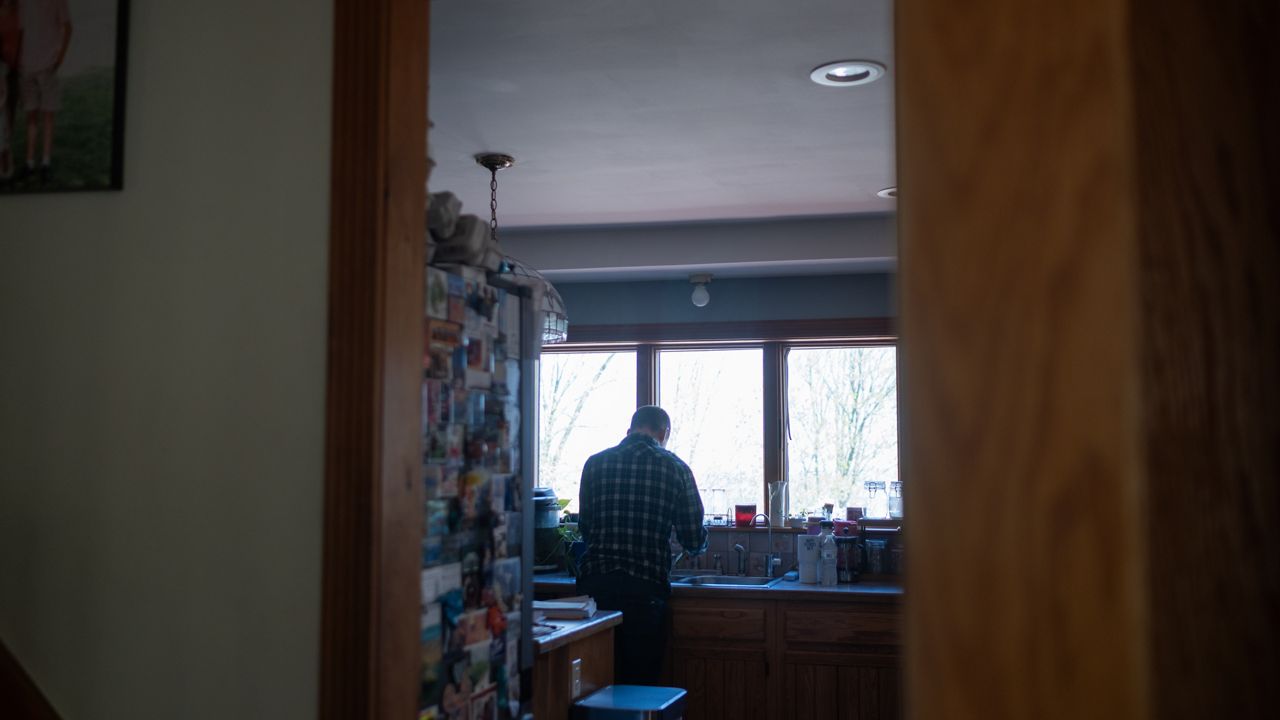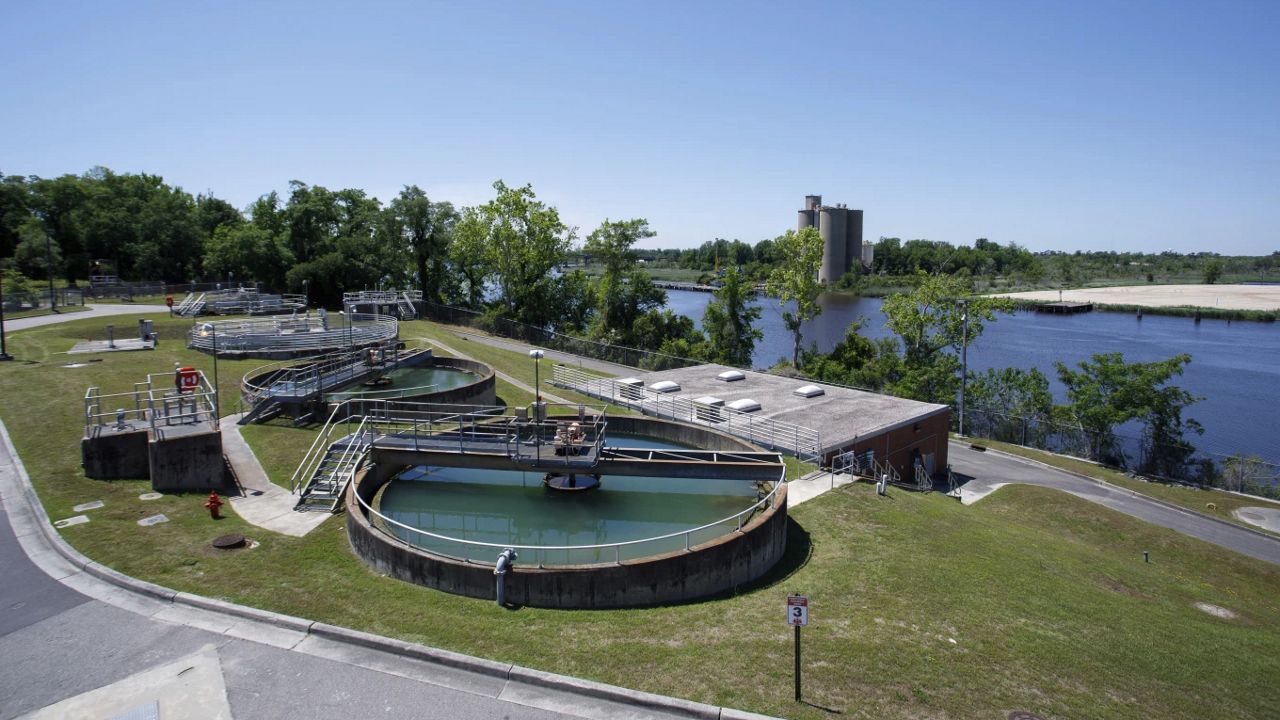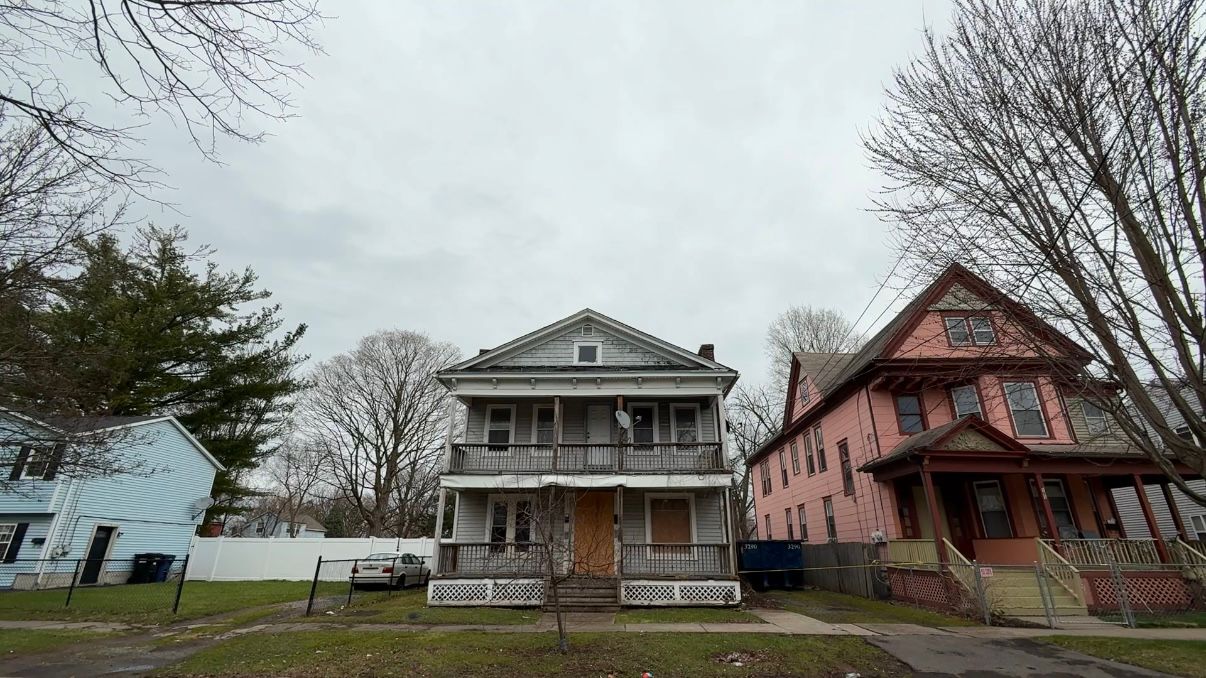A new proposal from the U.S. Environmental Protection Agency is aiming to set a higher standard for drinking water quality. The Newburgh community has led the fight against a man-made and permanent group of chemicals, the most prominent of which are known as PFAS, which are contaminating waterways.
“Because these chemicals were so widely used and because the chemical companies knew they were so harmful, we’ve all been exposed. We all have these chemicals in our blood, and that is an injustice. We didn’t ask for that,” said Dan Shapley, an advocate with Riverkeeper.
Hudson Valley locals look no further than Newburgh’s Lake Washington, the city’s former water source. According to the Center for Disease and Control Prevention (CDC), firefighting foam used at Stewart National Guard Base by the U.S. Department of Defense led to the contamination. The foam is known to consist of PFAS, which, if ingested, can cause long-term harm.
“It was almost like a competition to see who was worse off. I guess we won that lottery,” said Edward Lawson about a national search for sites with significant damage.
As a result, the base and surrounding area received funds to help remediate and reverse the damage. As co-chair of the Stewart National Guard Restoration Committee, Lawson is the liaison between the community and the base.
PFAS can be found in materials other than firefighting foam or industrial materials.
According to the CDC, PFAS can be found in everyday items such as non-stick cookware, water-repellent clothing, stain-resistant fabrics and carpet and even cosmetics. Too much contact with the chemicals can result in liver damage and weakened immune systems, birth defects and low birth weights, along with more prevalence in certain forms of cancer.
On March 14, the Biden Administration and the EPA announced a new proposal that would restrict the presence of six chemicals in drinking water. If approved, new standards would mandate the chemicals be reliably measured at four parts per trillion. Previously, the threshold was at 400 parts per trillion. But for average New Yorkers, science speak has left them with more questions than answers.
"One of the things that creates fear and panic is just not understanding,” said Lawson about what people are asking him.
If the proposal is approved, it will require communities across the nation to install public water filtration systems.
Newburgh’s water plant already has a PFAS filtration system in place. It’s currently cleaning Washington Lake. But installing them all over the country? That comes with a hefty price tag.
“Right now, those costs will fall on taxpayers one way or another. Whether it’s federal, state or local, and that is another layer of this injustice. The chemical companies need to be held accountable for these expenses,” said Shapley.
In the meantime, the area is getting clean drinking water from the Catskill Aqueduct, but he says it’s not enough for their community.
“Even if it doesn’t affect our water supply ... The Hudson River will be impacted, the water supply and viaducts will be impacted,” said Lawson.
Reminders of that are posted all over. No fishing, no swimming, no drinking. All of this, neighbors hope, will be reversed in the upcoming years if the EPA proposal is approved.
“One of the really important things that will happen because of this EPA proposal is that the clean up at Stewart will be held to a high standard. We will get a cleaner clean up because of this,” said Shapley.








